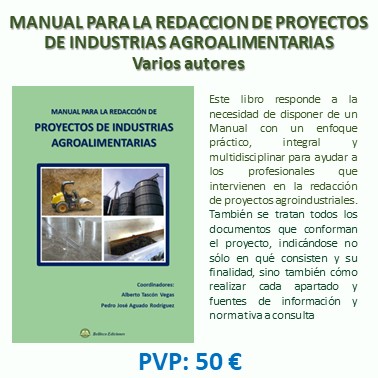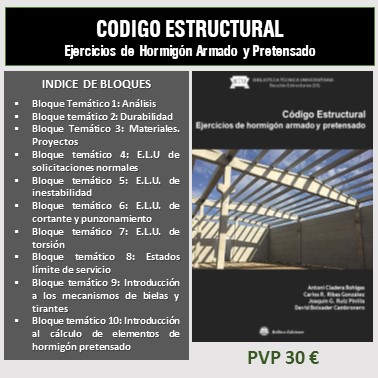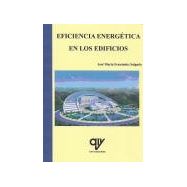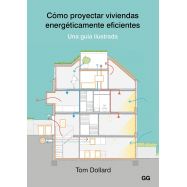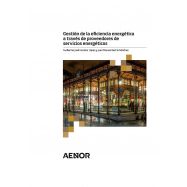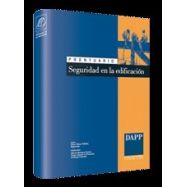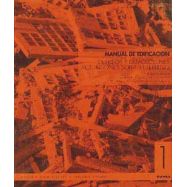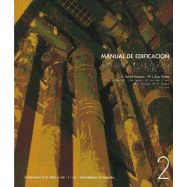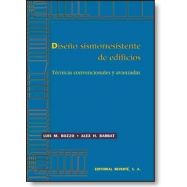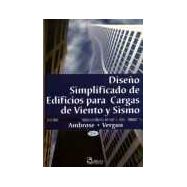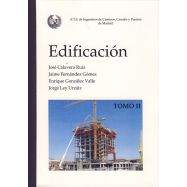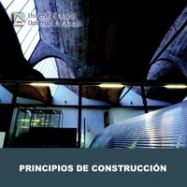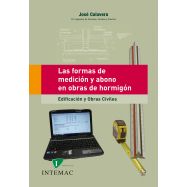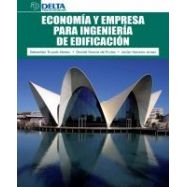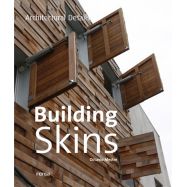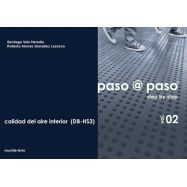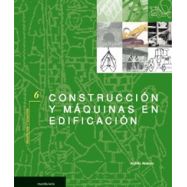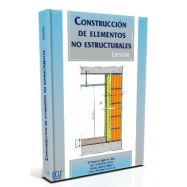Ningún producto
Materias
- BELLISCO EDICIONES. Nuestro Fondo Editorial
- FONDOS EDITORIALES EN DISTRIBUCION
- LIBROS TECNICOS EN INGLES
- ARQUITECTURA - URBANISMO
- AUTOMOCION - MOTORES - VEHICULOS
- AVIONICA - AERONAUTICA
- CALIDAD - EMPRESARIALES - GESTION
- CIENCIAS EXACTAS - MATEMATICAS
- CIENCIAS NATURALES Y APLICADAS
- CIENCIAS DE LA TIERRA - INGENIERIA DEL SUELO
- DICCIONARIOS TECNICOS
- ESTRUCTURAS - CONSTRUCCION
- Acústica (aislamiento, ruidos, vibraciones)
- Análisis de estructuras, resistencia de materiales, elasticidad, cálculo matricial
- Edificación
- Estructuras de Hormigón
- Estructuras Metálicas
- Estructuras de Madera
- Estructuras Mixtas
- Estructuras y Construcción en General
- Novedades Estructuras-Construccion
- rehabilitacion y restauracion
- Formación Profesional: Oficios en construccion, edificación y obras
-
- FORMACION PROFESIONAL
- HIDRAULICA - INGENIERIA SANITARIA - AGUAS
- INGENIERIA CIVIL - OBRAS PUBLICAS
- INGENIERIA MECANICA E INDUSTRIAL
- INSTALACIONES . GENERALES, EN EDIFICACION E INDUSTRIALES
- MATERIALES
- MEDIO AMBIENTE
- NORMATIVA
- OPOSICIONES
- PREVENCION DE RIESGOS LABORALES
- PROGRAMAS INFORMATICOS DE CALCULO
- TECNOLOGIA DE LOS ALIMENTOS: Industrias: Conservación, envasado y cadenas alimentarias
- TELECOMUNICACIONES - INFORMATICA - TECNOLOGIA DE LA INFORMACION
- OUTLET DE BELLISCO: Descuentos de hasta el 80%
- RELIGION, TEOLOGIA, MORAL Y ESPIRITUALIDAD
- VARIOS
- OFERTAS
- PROMOCIONES
- NEWSLETTER
- CATEGORIAS DESTACADAS
- ULTIMAS NOVEDADES BELLISCO
- ARQUITECTURA SOSTENBILE
- URBANISNO
- MATEMATICAS EN GENERAL
- AGRONOMOS-AGRICULTURA-FORESTALES
- ELECTROMAGENTISMO-ELECTRONICA-ELECTRICIDAD
- INGª Y MECÁNICA DEL SUELO. CIMENTACIONES
- TOPOGRAFIA, FOTOGRAMETRÍA, GEODESIA
- EDIFICACION
- ANALISIS DE ESTRUCTURAS, RESISTENCIA DE MATERIALES, ELASTICIDAD, CALCULO MATRICIAL
- OFICIOS VARIOS
- ABASTECIMIENTO Y DISTRIBUCION DE AGUA
- PUENTES
- TUNELES Y OBRAS SUBTERRANEAS
- MAQUINAS Y MECANISMOS
- SOLDADURA
- CLIMATIZACION
- INSTALACIONES DE AGUA
- INSTALACIONES ELECTRICAS CIENCIA E INGENIERIA DE MATERIALES
- ENERGIAS RENOVABLES
- DESARROLLO SOSTENIBLE
- INFORMATICA-SISTEMAS-FORMACION-PROGRAMAS
-
BUILDING ENERGY SIMULATION. A Workbook Using DesignBuilder™
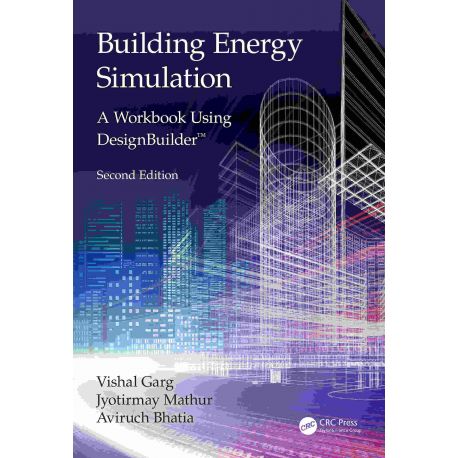 Ver más grande
Ver más grande Referencia: Código 08816
Septiembre de 2020 - Vishal Garg.. - Refª 8816
El libro ncluye estudios de sistemas de edificios y su efecto en el consumo de energía, con la ayuda de DesignBuilder TM , El libro emplea una metodología de "aprender haciendo". Explica los parámetros de entrada de la simulación y el análisis práctico de la salida de la simulación, explicando la física del edificio y la simulación energética.
Vishal Garg; Jyotirmay Mathur; Aviruch Bathia
Septiembre de 2020 Páginas: 740
Código 8816 ISBN/EAN: 9780367374686
Book Description
The second edition of Building Energy Simulation includes studies of various components and systems of buildings and their effect on energy consumption, with the help of DesignBuilderTM, a front-end for the EnergyPlus simulation engine, supported by examples and exercises. The book employs a "learning by doing" methodology. It explains simulation-input parameters and how-to-do analysis of the simulation output, in the process explaining building physics and energy simulation. Divided into three sections, it covers the fundamentals of energy simulation followed by advanced topics in energy simulation and simulation for compliance with building codes and detailed case studies for comprehensive building energy simulation.
Features:
Focuses on learning building energy simulation while being interactive through examples and exercises.
Explains the building physics and the science behind the energy performance of buildings.
Encourages an integrated design approach by explaining the interactions between various building systems and their effect on energy performance of building.
Discusses a how-to model for building energy code compliance including three projects to practice whole building simulation.
Provides hands-on training of building energy simulation tools: DesignBuilder™ and EnergyPlus.
Building Energy Simulation is intended for students and researchers in building energy courses, energy simulation professionals, and architects.
Table of Contents
1. Getting Started with Energy Simulation
Building Energy Simulation
What Is Needed for Energy Simulation
How Simulation Software Works
Tutorial 1.1: Opening and simulating an example file
Tutorial 1.2: Creating a single-zone model
Tutorial 1.3: Evaluating the Impact of building location and orientation
Tutorial 1.4: Evaluating the impact of opaque envelope components
Tutorial 1.5: Evaluating the impact of WWR and glass type
Tutorial 1.6: Evaluating the impact of occupancy density
Tutorial 1.7: Evaluating the impact of space activity
Tutorial 1.8: Evaluating the impact of lighting and equipment power
Tutorial 1.9: Evaluating the impact of daylight controls
Tutorial 1.10: Evaluating the impact of setpoint temperature
Tutorial 1.11: Evaluating the impact of fresh air supply
2. Geometry of Buildings
Tutorial 2.1: Defining thermal zoning for a building
Tutorial 2.2: Evaluating the effect of a zone multiplier
Tutorial 2.3: Evaluating the impact of the aspect ratio
Tutorial 2.4: Evaluating the impact of adjacency of the surface
3. Material and Construction
Tutorial 3.1: Evaluating the effect of lightweight and heavyweight construction
Tutorial 3.2: Evaluating the impact of roof insulation
Tutorial 3.3: Evaluating the impact of the position of roof insulation
Tutorial 3.4: Evaluating the impact of the air gap between roof layers
Tutorial 3.5: Evaluating the impact of surface reflectance
Tutorial 3.6: Evaluating the impact of roof underdeck radiant barrier
Tutorial 3.7: Evaluating the impact of a green roof
Tutorial 3.8: Evaluating the impact phase change material (PCM) in external wall
4. Openings and Shading
Tutorial 4.1: Evaluating the impact of window-to-wall ratio and glazing type
Tutorial 4.2: Evaluating the impact of overhangs and fins
Tutorial 4.3: Evaluating the impact of internal operable shades
Tutorial 4.4: Evaluating the impact of electrochromic switchable glazing on windows solar gains
5. Lighting and Controls
Tutorial 5.1: Evaluating the impact of daylighting-based controls
Tutorial 5.2: Evaluating the impact of daylight sensor placement
Tutorial 5.3: Evaluating the impact of window external shades and WWR on daylight performance
6. Heating and Cooling Design
Tutorial 6.1: Evaluating the impact of temperature control types
Tutorial 6.2: Evaluating the impact of design day selection
Tutorial 6.3: Evaluating the impact of the airflow calculation method
7. Unitary HVAC Systems
Tutorial 7.1: Evaluating the impact of unitary air conditioner Coefficient of Performance (COP)
Tutorial 7.2: Evaluating the impact of the fan efficiency of a unitary air-conditioning system
Tutorial 7.3: Evaluating the impact of fan pressure rise
Tutorial 7.4: Evaluating Impact of heat pumps on heating energy consumption
8. Heating, Ventilation and Air Conditioning: Central Water Side
Tutorial 8.1: Evaluating the impact of air- and water-cooled chillers
Tutorial 8.2: Evaluating the impact of variable speed drive (VSD) on a chiller
Tutorial 8.3: Evaluating the impact of VSD on a chilled-water pump
Tutorial 8.4: Evaluating the impact of a cooling tower fan type
Tutorial 8.5: Evaluating the impact of condenser water pump with a VSD
Tutorial 8.6: Evaluating the impact of boiler nominal thermal efficiency
Tutorial 8.7: Evaluating impact of chiller sequencing
Tutorial 8.8: Evaluating impact of thermal storage and time-of-use tariff
9. Heating, Ventilation and Air Conditioning: Central Air Side
Tutorial 9.1: Evaluating the impact of an air-side economiser
Tutorial 9.2: Evaluating the impact of a supply air fan operating mode during unoccupied hours
Tutorial 9.3: Evaluating the impact of heat recovery between fresh and exhaust air
Tutorial 9.4: Evaluating Impact of Variable-Refrigerant-Flow (VRF) system
Tutorial 9.5: Evaluating Impact of Demand Control Ventilation
10. Natural Ventilation
Tutorial 10.1: Evaluating the impact of wind speed on natural ventilation
Tutorial 10.2: Evaluating the impact of natural ventilation with constant wind speed and direction
Tutorial 10.3: Evaluating the impact of window opening and closing schedule
Tutorial 10.4: Evaluating the impact of window opening control based on temperature
Tutorial 10.5: Evaluating the impact of window opening area modulation on natural ventilation
Tutorial 10.6: Evaluating the impact of mixed-mode operation
11. Simulation Parameters
Tutorial 11.1: Evaluating the impact of time steps per hour on run time
Tutorial 11.2: Evaluating the impact of the solar distribution algorithm
Tutorial 11.3: Evaluating the impact of the solution algorithm
Tutorial 11.4: Evaluating the effect of the inside convection algorithm
Tutorial 11.5: Evaluating the impact of the shadowing interval
12. Renewable Energy System
Tutorial 12.1: Evaluating the impact of Photovoltaic (PV) Panel tilt angle
Tutorial 12.2: Evaluating the impact of shading from rooftop PV panels
Tutorial 12.3: Evaluating the impact of cell efficiency of PV panels
Tutorial 12.4: Evaluating the performance of glazing-integrated PV panels
Tutorial 12.5: Evaluatingthe performance of opaque building-integrated PV panels
13. Costing, Sensitivity and Uncertainty Analysis
Tutorial 13.1: Selecting glazing using cost-benefit analysis
Tutorial 13.2: Selecting a HVAC system using cost-benefit analysis
Tutorial 13.3: Performing sensitivity and uncertainty analysis
14. Building Energy Code Compliance
Tutorial 14.1: Modelling building performance in four orientations
Tutorial 14.2: Creating the base-case external wall for ASHRAE Standard 90.1-2010 Appendix G
Tutorial 14.3: Modelling flush windows for the base case
Tutorial 14.4: Selecting a HVAC system for the base case
Tutorial 14.5: Calculating fan power for the base case
Tutorial 14.6: Understanding fan cycling
Tutorial 14.7: Specifying room-air-to-supply-air temperature difference
Tutorial 14.8: Number of chillers in the base case
Tutorial 14.9: Defining the chilled-water supply temperature reset for the base case
Tutorial 14.10: Type and number of boilers for the base case
Tutorial 14.11: Defining the hot-water supply temperature reset
Tutorial 14.12: Hot-water pumps
Tutorial 14.13: Defining exhaust air energy recovery parameters
Tutorial 14.14: Defining economiser parameters
Tutorial 14.15: Finding unmet hours after simulation
Tutorial 14.16: Generating the performance rating method compliance report in DesignBuilder
Tutorial 14.17: Finding process load for the base case
Tutorial 14.18: Getting the ASHRAE 62.1 standard summary in DesignBuilder
Tutorial 14.19: Automating baseline building model creation
Reference
TAMBIEN LE PUEDE INTERESAR
- 39,60 €
- 19,80 €
- 30,60 €
- 23,40 €


